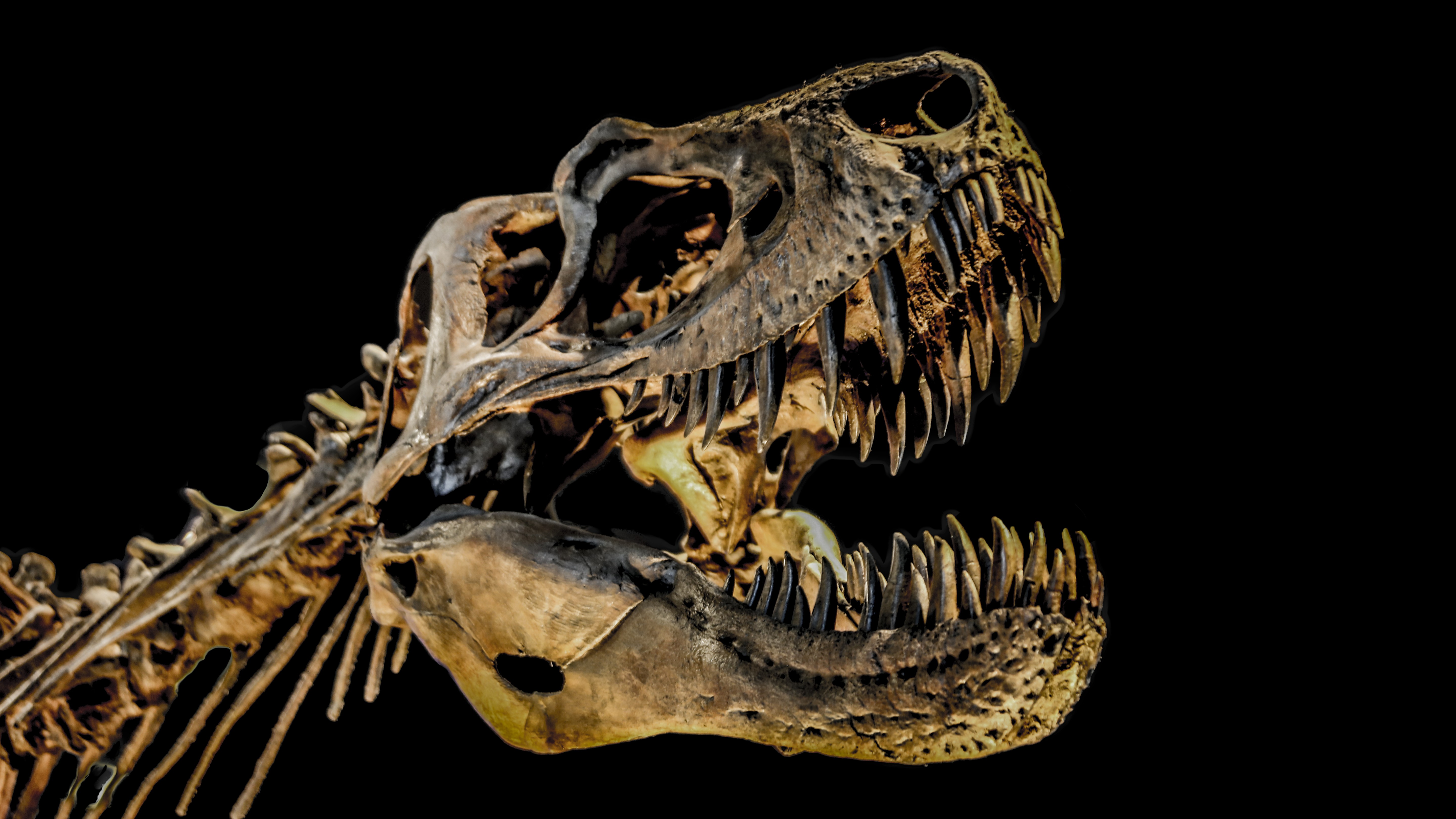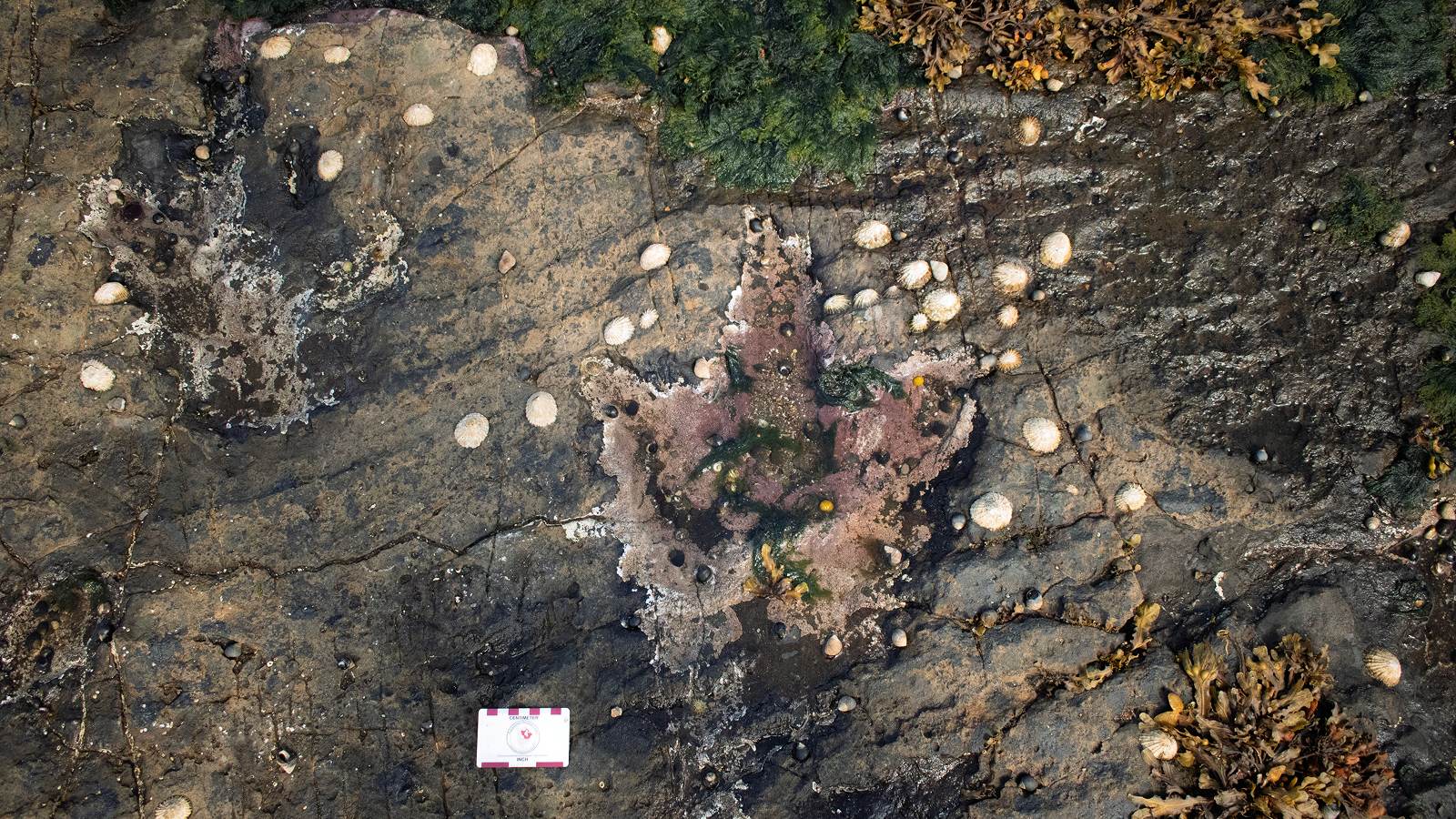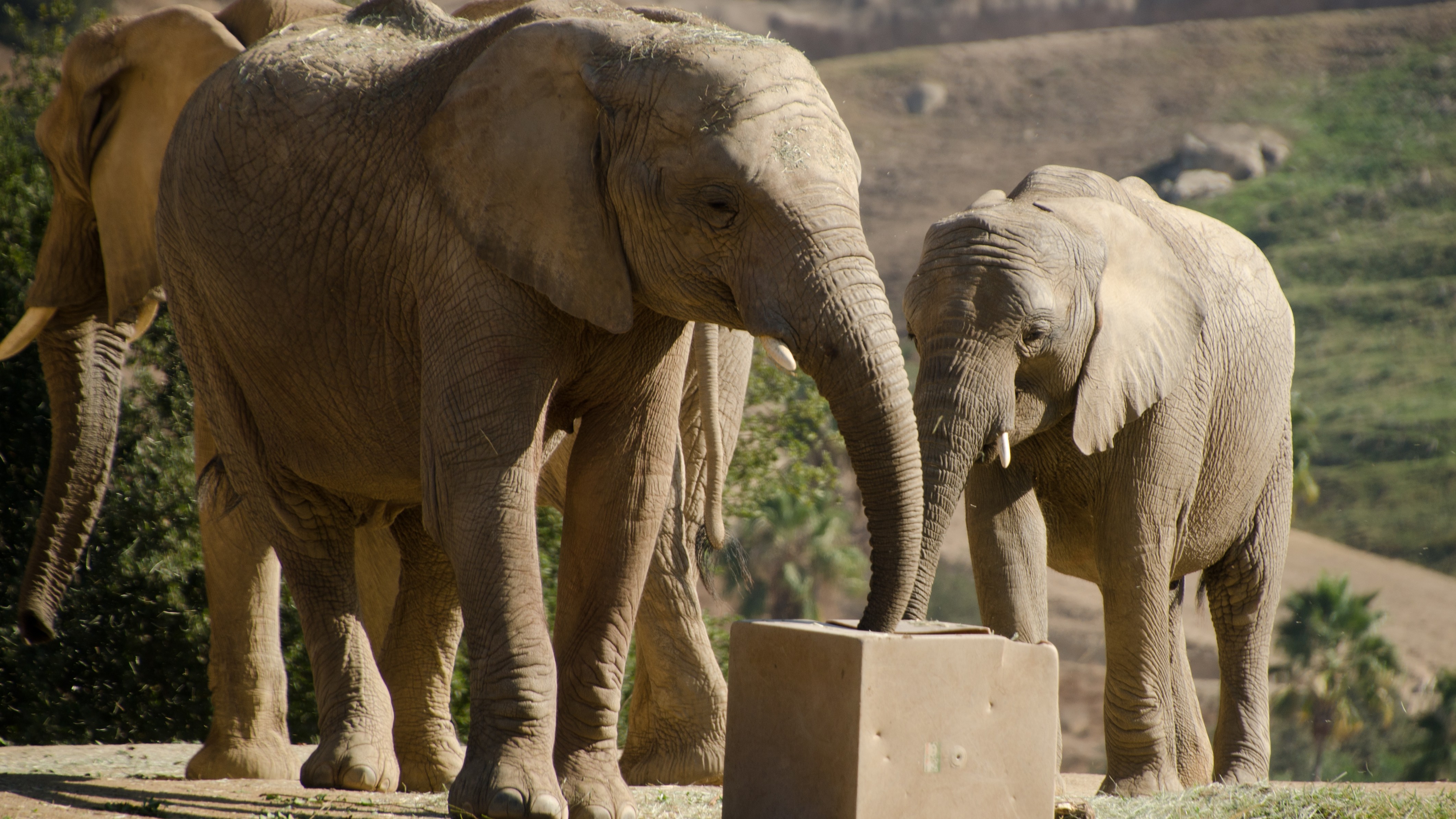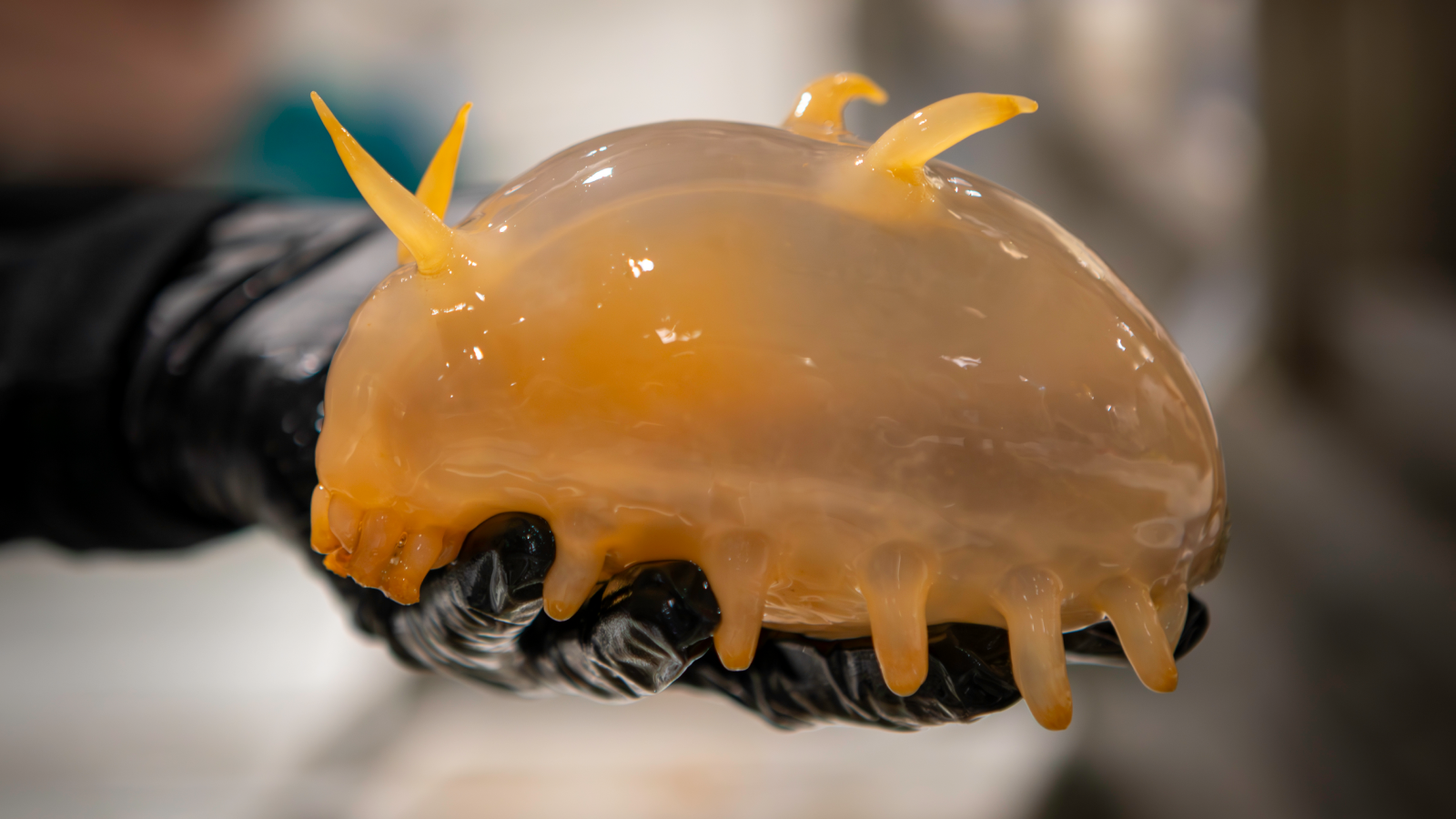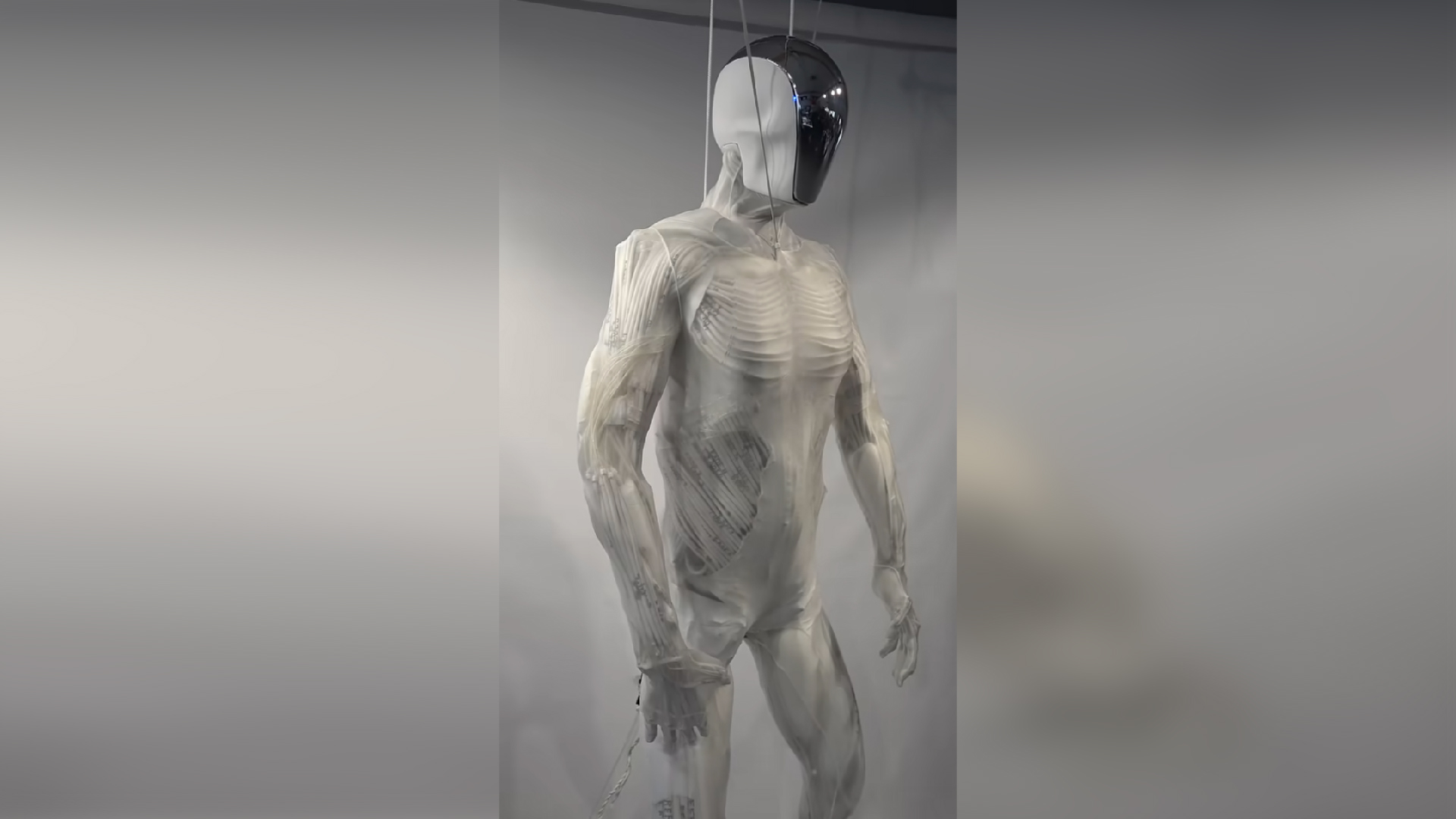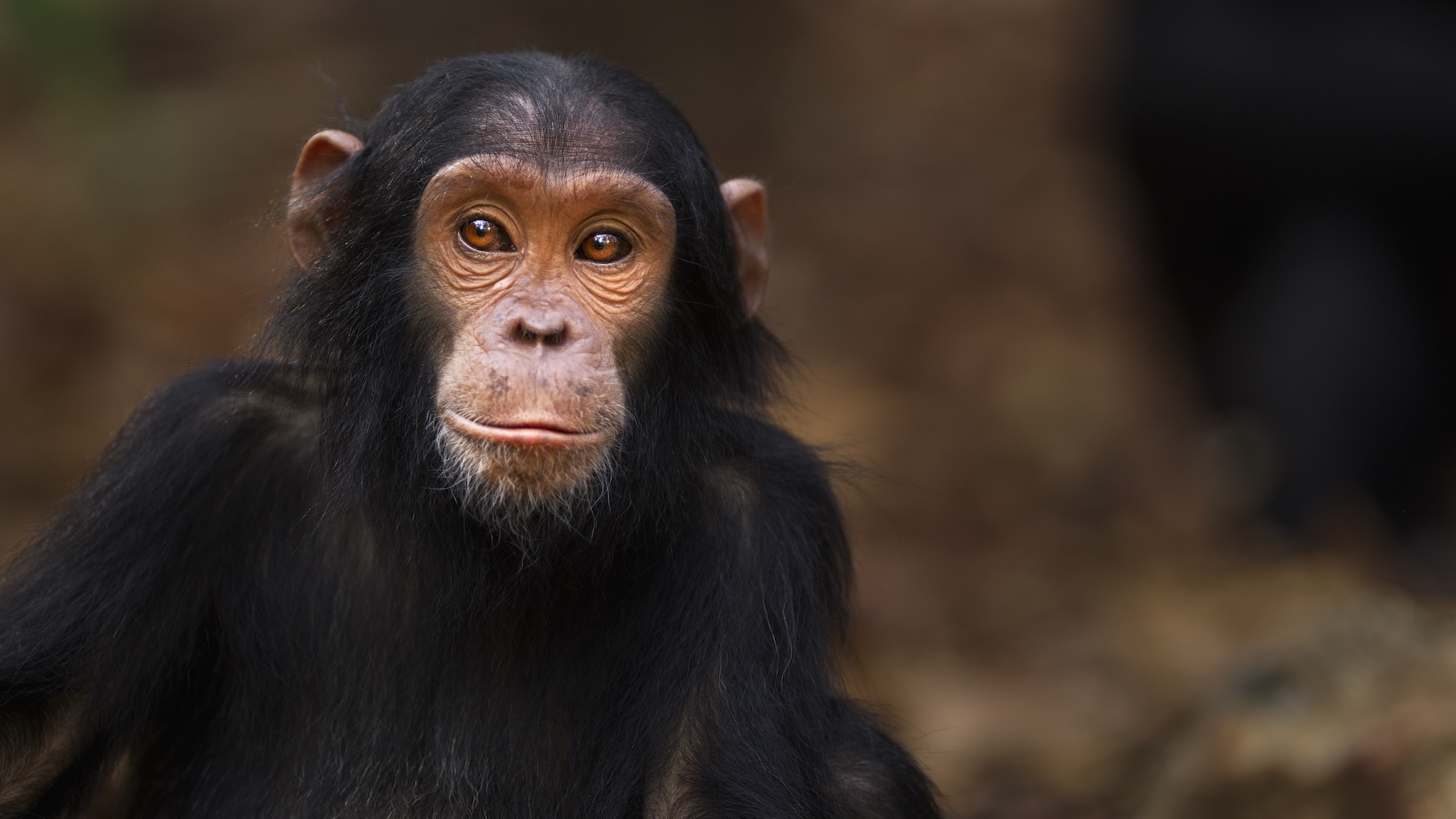Ancient crystal-filled rock has been hiding dinosaur secret for 140 years
Paleontologists have confirmed that a rock enclosing a perfectly round agate crystal is actually a titanosaur egg, which was probably smothered by lava after a volcanic eruption 67 million years ago.
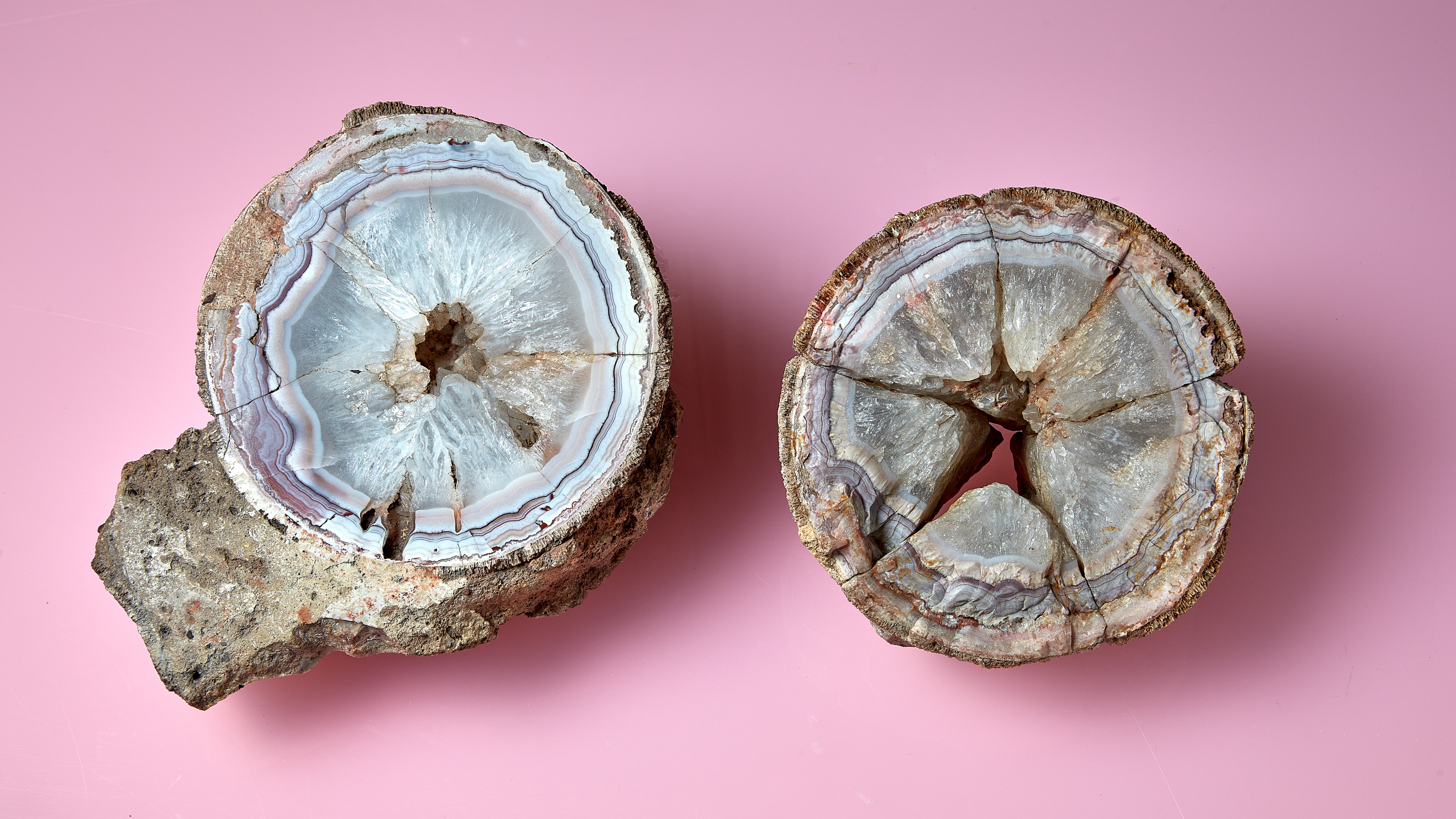
A beautiful crystal stored away in a mineral collection 135 years ago was harboring an even rarer treasure: The shell of a 67-million-year-old titanosaur egg.
The encrusted egg originates from a volcanic plain in central India, prompting researchers to think that a lava flow smothered the nest shortly after the dinosaur laid it. The embryo decayed, while layers of solidified volcanic rock preserved the shell. Over the eons, silica-rich water seeped inside the shell and crystalized to form a light pink and white agate mineral.
"It is only now that we have recognized that this specimen has something extra special — the agate has infilled this spherical structure, which turns out to be a dinosaur egg," Robin Hansen, a curator of minerals at the Natural History Museum in London and the first person to suspect the singularity of the specimen, said in a statement.
A man named Charles Fraser found the crystal while living in India between 1817 and 1843, according to Hansen, and the Natural History Museum in the U.K. cataloged it as agate in 1883. It sat in the museum collection for more than a century until it was put on display in 2018, when it caught the attention of Hansen.
The near-perfect spherical shape of the rock, as well as the imprint of two other round objects clustered around it and the thin layer around the crystal, suggest it could be a dinosaur egg. The specimen measures 5.9 inches across (15 centimeters), which is consistent with titanosaur eggs found in China and Argentina, according to museum experts.
Related: Crystal-stuffed dinosaur eggs the size of cannonballs discovered in China
Paleontologists tried to scan the specimen to confirm its origin, but the density of the agate obstructed the finer details. They are confident that it is a titanosaur egg in part because these gigantic beasts were the most common dinosaurs in what is now India during the late Cretaceous (100 million to 66 million years ago). Earlier this year, scientists uncovered a staggering number of titanosaur nests in India roughly 3 million years older than the newly described, gem-encrusted egg.
Sign up for the Live Science daily newsletter now
Get the world’s most fascinating discoveries delivered straight to your inbox.
"As far as we know, the dinosaur fauna of Cretaceous India was abundant but not particularly diverse," Paul Barrett, a paleobiologist at the Natural History Museum, said in the statement. "There are lots of titanosaur fossils."
Despite being the world's largest dinosaurs — growing up to 123 feet long (37.5 meters) and weighing up to 70 tons, according to the Natural History Museum — titanosaurs laid relatively small eggs with a diameter ranging between 4.7 and 5.9 inches (12 to 15 cm), according to the study published in the journal PLOS One that described the titanosaur nests discovered in India.
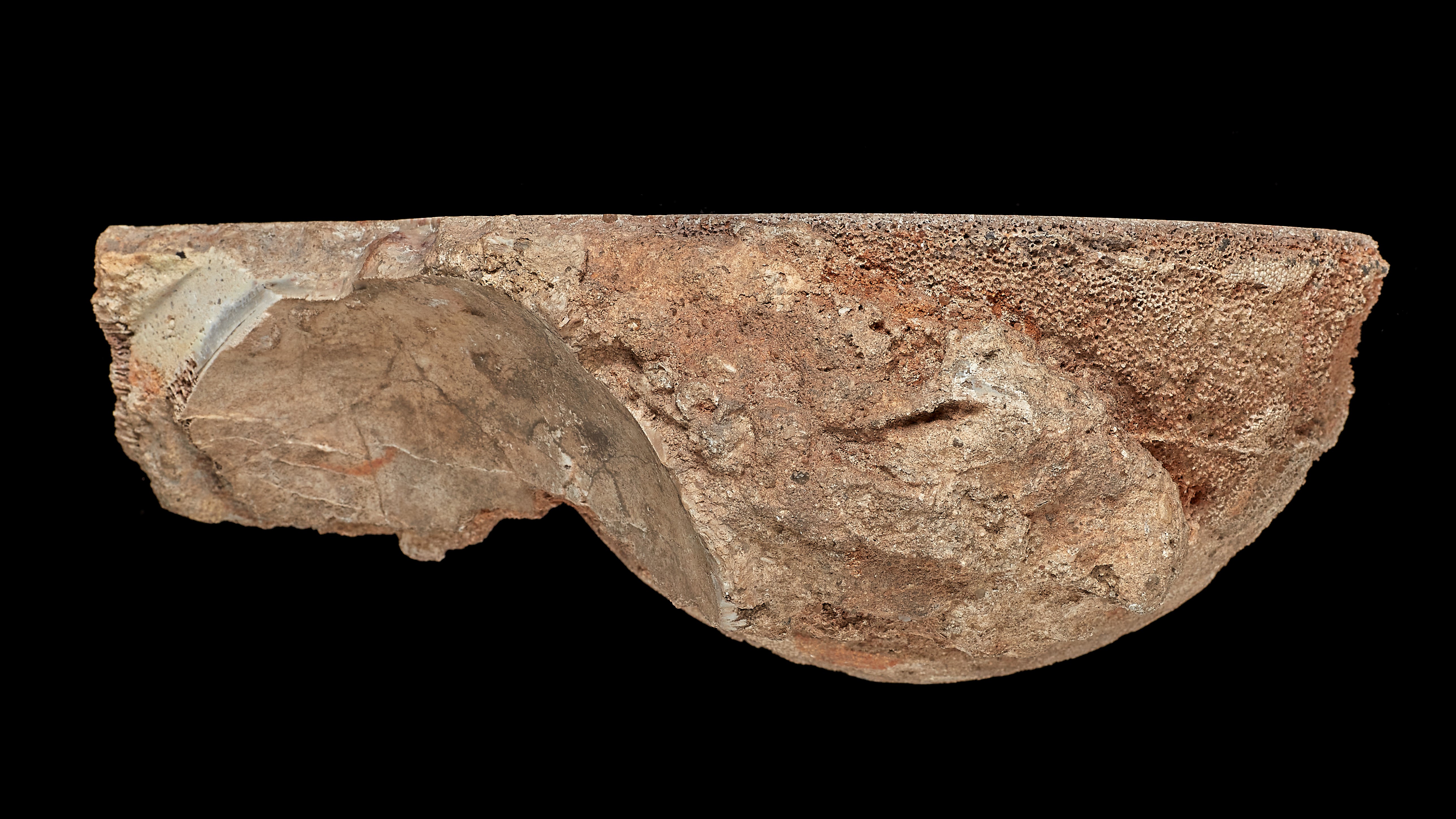
"It looks like titanosaurs adopted a strategy of laying large clutches of about 30 or 40 smallish eggs," Barrett said. "As titanosaurs were far too big to have brooded their eggs, they most likely covered them with vegetation or soil to help incubate them," he told Live Science in an email.
This reproductive strategy is similar to how sea turtles and crocodiles lay their eggs today. According to museum experts, titanosaurs in India may have taken advantage of the volcanic environment by laying their eggs in the warm soil to keep them toasty until they hatched.
This perk could explain why scientists have found titanosaur fossils between layers of volcanic rock in an area in central India called the Deccan Traps, which would have been regularly flattened by volcanoes spewing lava. "It seems that these Indian titanosaurs recolonised these areas between eruptions to use it as a breeding site," Barrett said.
Millions of years after a titanosaur laid the egg and a volcanic eruption encased it in rock, Fraser discovered the dazzling crystallized specimen by chance and left it in the care of museum curators. “This specimen is a perfect example of why museum collections are so important,” Hansen said.

Sascha is a U.K.-based staff writer at Live Science. She holds a bachelor’s degree in biology from the University of Southampton in England and a master’s degree in science communication from Imperial College London. Her work has appeared in The Guardian and the health website Zoe. Besides writing, she enjoys playing tennis, bread-making and browsing second-hand shops for hidden gems.
